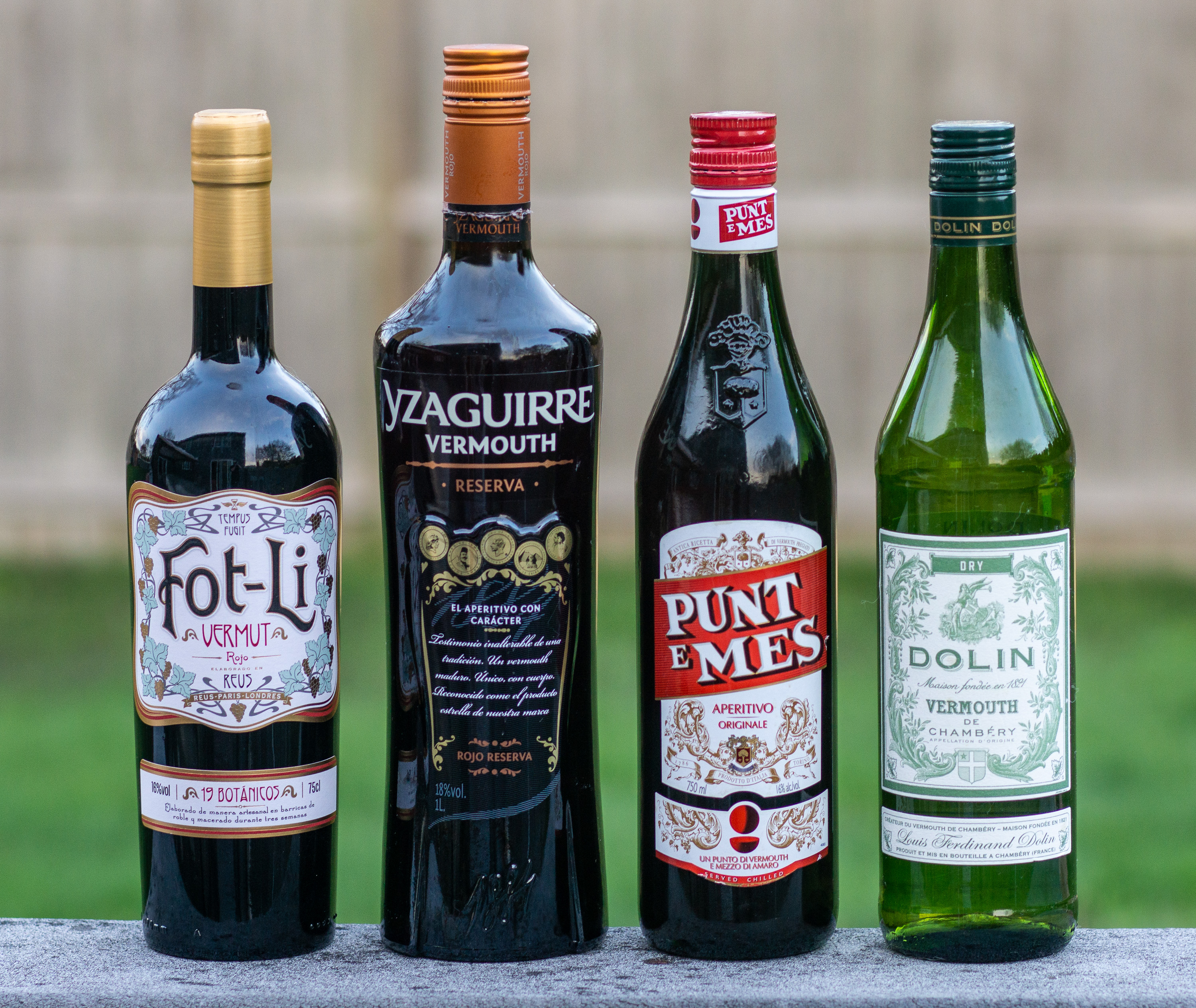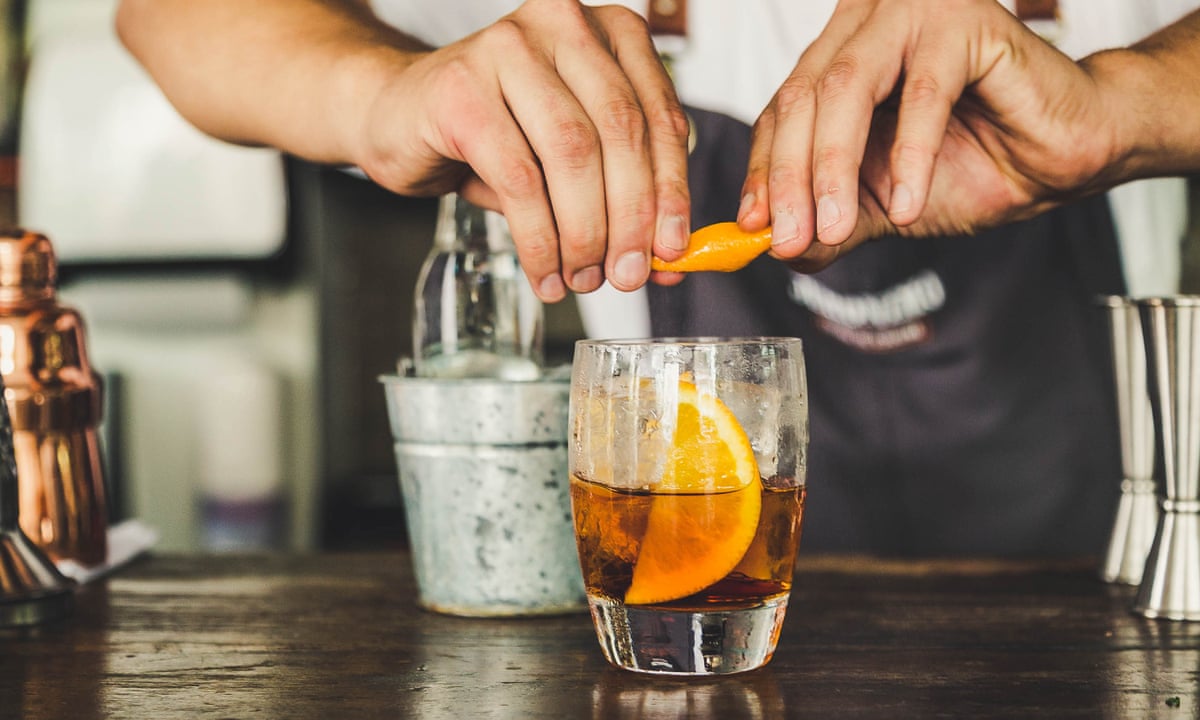Vermouth has experienced a remarkable resurgence in recent years. Once adorned in dust and relegated to the back of the liquor cabinet, it's now a staple in trendy bars and home cocktail collections alike.

But this isn't just a hipster fad; the numbers prove that vermouth is genuinely back in vogue. The Vermouth market was valued at $12.36bn in 2023 with total revenue projected to grow at 8.5% CAGR through to 2030, reaching nearly $21.89bn (Source: MMR). Additionally, about 60% of Vermouth’s volume is in bars and restaurants today; three years ago, that figure was 80% (Source: Mancino). And that’s significant, because it means more people are now drinking Vermouth at home, which is so often the pre-cursor to category growth.

There are several reasons for this shift:
- Consumer interest in lower-alcohol and lighter drinks has undoubtedly had an impact, but it is the adoption of aperitif culture around the world that has been the primary driver. For one, the Negroni’s popularity is clearly no flash in the pan, and, when mixed with the fame of the Dry Martini, it ensures that two of Vermouth’s pillar serves are ever-present in popular culture.
- The Drinks International Cocktail Report, which surveys the world's top bars, found that 20% of the top 50 classic cocktails call for vermouth. Put simply, as the likes of the Martini, Negroni and Manhattan continue their revival, so does Vermouth.
- The make-up of Vermouth as a liquid is also very on- trend. It’s versatile; it’s complex in flavour; it’s aromatic; it’s a category rich in history and stories; and it’s popular both in cocktails and mixed on its own.
- While the vermouth renaissance is a worldwide phenomenon, some markets are experiencing particular growth. Spain, France and Italy, with their rich aperitivo cultures, have long been strongholds for vermouth consumption, but the surge in popularity has extended to the likes of the US, for instance, which has witnessed a sharp increase in vermouth consumption, again driven by the growing popularity of classic cocktails.
- The vermouth category is also benefiting from increased innovation and premiumization. Craft distilleries and wineries are producing their own expressions and experimenting with new flavours and botanicals. In turn, this is attracting a new generation of consumers eager to explore and discover different styles.
- And let’s not overlook the Vermouth & Tonic – a simple serve, loved by bartenders globally, and now appearing on more and more bar menus.

The statistics paint a clear picture: vermouth is back, and it's here to stay. The category's growth is driven by a confluence of factors, not least its versatility, flavour profile, and cultural relevance. But as consumers continue to embrace classic cocktails and aperitivo culture, vermouth is poised to play a central role in the future of drinking. So, the next time you're looking for a sophisticated drink, don't forget about vermouth. It's a classic for a reason